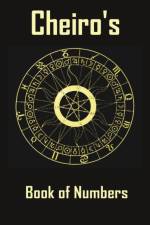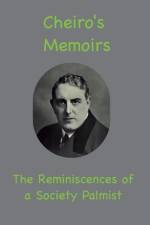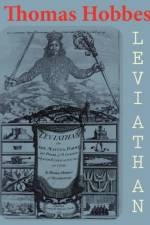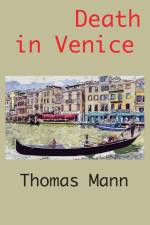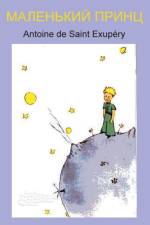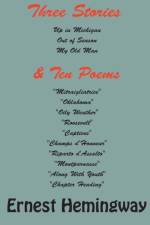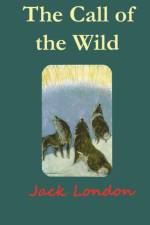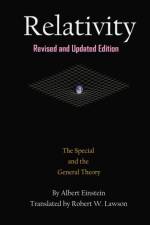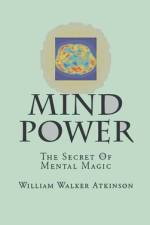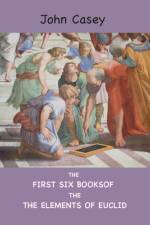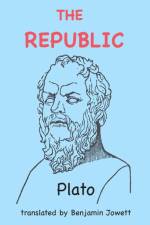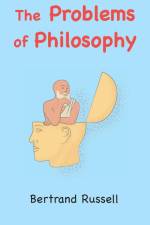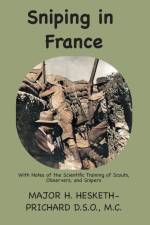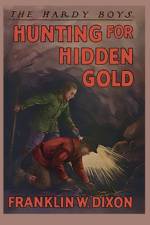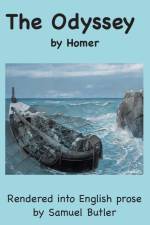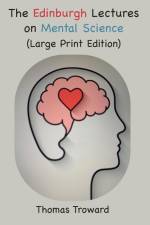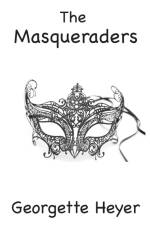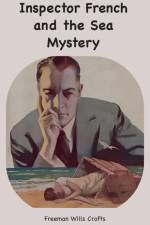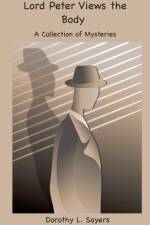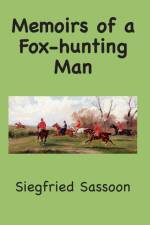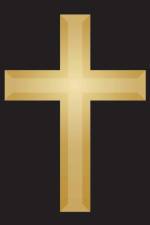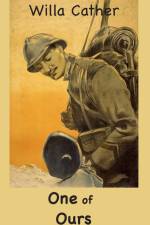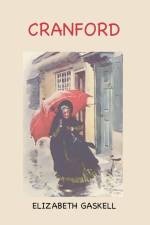- The Secret Of Mental Magic
av William Walker Atkinson
299,-
Atkinson was a prolific writer, and his many books achieved wide circulation among New Thought devotees and occult practitioners. He published under several pen names, including Magus Incognito, Theodore Sheldon, Theron Q. Dumont, Swami Panchadasi, Yogi Ramacharaka, Swami Bhakta Vishita, and probably other names not identified at present. He is also popularly held to be one (if not all) of the Three Initiates who anonymously authored The Kybalion, which certainly resembles Atkinson's other writings in style and subject matter. Atkinson's two co-authors in the latter venture, if they even existed, are unknown, but speculation often includes names like Mabel Collins, Michael Whitty, Paul Foster Case, and Harriett Case.Titles written under the name William Walker Atkinson.These works treat themes related to the mental world, occultism, divination, psychic reality, and mankind's nature. They constitute a basis for what Atkinson called "New Psychology" or "New Thought". Titles include Thought Vibration or the Law of Attraction in the Thought World, and Practical Psychomancy and Crystal Gazing: A Course of Lessons on the Psychic Phenomena of Distant Sensing, Clairvoyance, Psychometry, Crystal Gazing, etc.Although most of the Atkinson titles were published by Atkinson's own Advanced Thought Publishing Company in Chicago, with English distribution by L. N. Fowler of London, England, at least a few of his books in the "New Psychology" series were published by Elizabeth Towne in Mount Holyoke, Massachusetts, and offered for sale in her New Thought magazine The Nautilus. One such title, for which Atkinson is credited as the author, with the copyright internally assigned to Towne, is The Psychology of Salesmanship, published in 1912.

